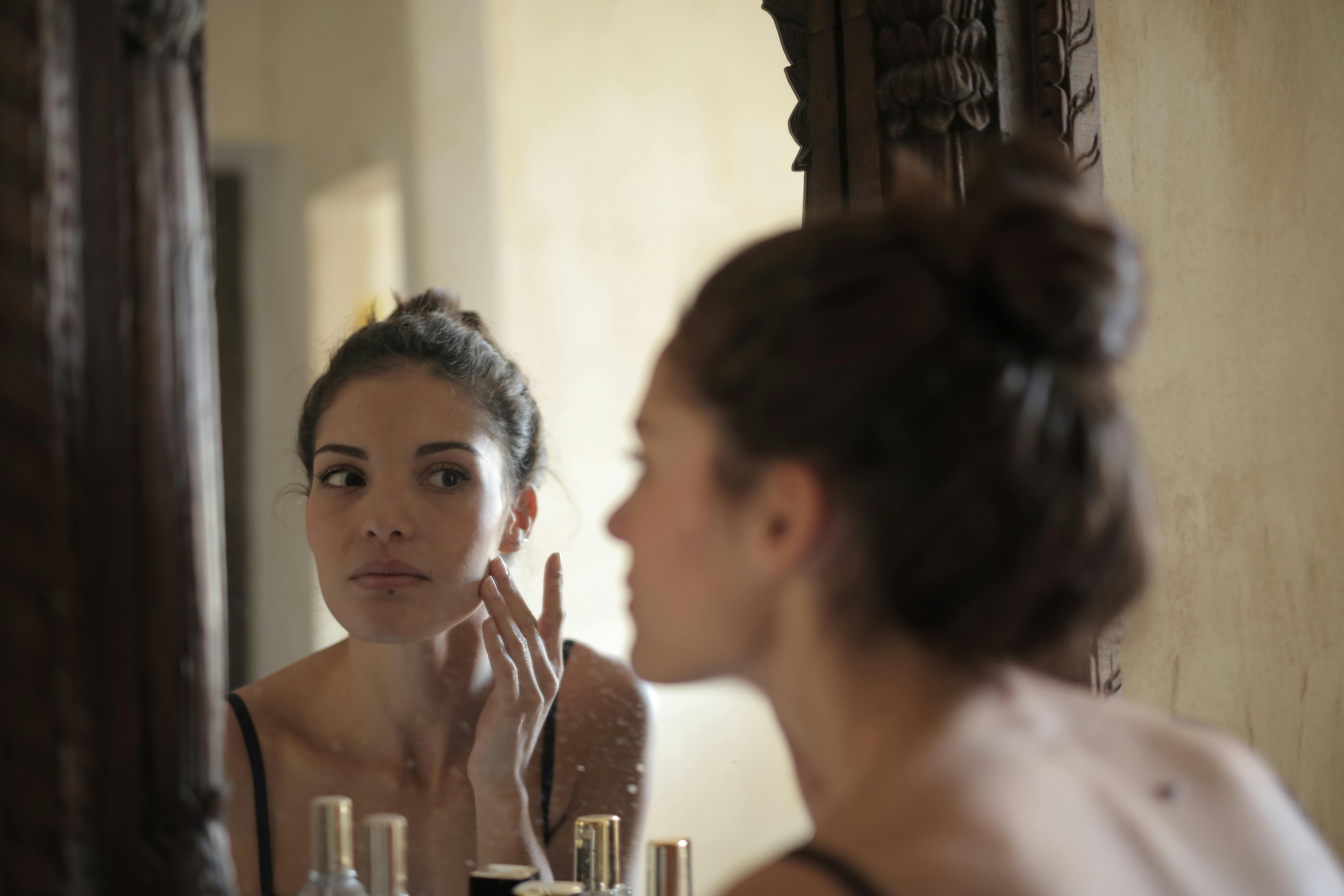The Art and Science of Eyebrow Shaping
Eyebrows have long been a focal point of facial beauty, framing the eyes and influencing overall facial expressions. Throughout history, different cultures have embraced various eyebrow styles, from the thin, penciled arches of the 1920s to the bold, bushy brows of the 2010s. The art of eyebrow shaping has evolved significantly, incorporating both aesthetic preferences and scientific understanding of facial proportions. Today, eyebrow grooming is a multi-billion dollar industry, with countless products, tools, and techniques available to help individuals achieve their desired look. As our understanding of facial aesthetics deepens, the importance of well-shaped eyebrows in enhancing natural beauty continues to grow.

The 20th century saw rapid changes in eyebrow trends. The 1920s flapper era popularized thin, dramatically arched brows, while the 1950s favored a fuller, more natural look exemplified by icons like Audrey Hepburn. The 1960s and 1970s embraced a more natural, less-groomed aesthetic, only to swing back to thin, heavily plucked brows in the 1990s and early 2000s.
The Science of Facial Proportions
Modern eyebrow shaping is heavily influenced by scientific understanding of facial proportions and symmetry. The “golden ratio,” a mathematical concept of ideal proportions found in nature, has been applied to facial aesthetics, including eyebrow shape. According to this principle, the ideal eyebrow should begin at the bridge of the nose, arch at the two-thirds point, and end at an imaginary line drawn from the corner of the nose through the outer corner of the eye.
Research in the field of facial recognition has also highlighted the importance of eyebrows in facial identification and expression. A 2003 study by MIT found that eyebrows play a crucial role in face recognition, sometimes even more so than eyes. This underscores the significance of eyebrows not just in beauty, but in human social interaction and communication.
Modern Techniques in Eyebrow Shaping
Today’s eyebrow shaping techniques are diverse and sophisticated. Threading, an ancient method originating in Asia, has gained global popularity for its precision and ability to create clean lines. Waxing remains a quick and effective option for removing hair, while tweezing allows for detailed sculpting of the brow shape.
Microblading, a semi-permanent tattooing technique, has revolutionized the field of eyebrow enhancement. This method involves creating hair-like strokes with pigment deposited into the upper layers of skin, resulting in natural-looking, fuller brows that can last for one to three years. For those seeking a less invasive option, brow tinting uses semi-permanent dye to enhance the color and shape of existing brows.
The Psychology of Eyebrow Aesthetics
The impact of eyebrow shape on perception and self-image is a fascinating area of study. Research has shown that eyebrows play a significant role in facial recognition and emotional expression. A 2019 study published in the Journal of Cosmetic Dermatology found that eyebrow shape can influence perceptions of personality traits, with arched brows often associated with friendliness and straight brows with dominance.
The psychological effects of eyebrow grooming extend to self-esteem and confidence. Many individuals report feeling more put-together and confident after having their eyebrows professionally shaped or enhanced. This psychological boost can have ripple effects on various aspects of life, from social interactions to professional performance.
Technological Advancements in Eyebrow Care
Technology has made its mark on the world of eyebrow grooming. Augmented reality (AR) apps now allow users to virtually try on different eyebrow shapes before committing to a change. These apps use facial recognition technology to map the user’s face and overlay various brow shapes, colors, and styles.
In professional settings, digital mapping tools help aestheticians and microblading artists create precise, symmetrical brows tailored to each client’s facial structure. These tools can calculate ideal brow proportions based on individual facial measurements, ensuring a customized approach to eyebrow shaping.
Cultural Variations in Eyebrow Aesthetics
Eyebrow preferences vary significantly across cultures, reflecting diverse beauty standards and traditions. In many Middle Eastern countries, full, dark eyebrows are prized as a sign of beauty. In contrast, some East Asian countries have embraced a trend of straighter, softer brows that complement rounder facial features.
Western beauty standards have globally influenced eyebrow trends, but there’s a growing appreciation for diverse brow aesthetics. This cultural exchange has led to a more inclusive approach in the beauty industry, with products and techniques catering to a wide range of eyebrow types and preferences.
Sustainability and Ethics in Eyebrow Products
As environmental consciousness grows, the beauty industry is adapting to meet demands for sustainable and ethical eyebrow products. Many consumers now seek cruelty-free and vegan options for brow gels, powders, and pencils. Brands are responding by developing formulas free from animal-derived ingredients and not tested on animals.
There’s also a trend towards eco-friendly packaging and refillable products in the eyebrow care sector. Some companies are exploring biodegradable materials for disposable tools like brow razors and spoolies, addressing concerns about plastic waste in the beauty industry.
The Future of Eyebrow Aesthetics
The future of eyebrow shaping is likely to be characterized by further personalization and technological integration. Advancements in genetic research may lead to more tailored approaches to hair growth and color management. There’s also potential for the development of smart eyebrow tools that can analyze facial features and suggest optimal brow shapes in real-time.
As society continues to embrace diversity in beauty standards, we may see a move away from rigid trends towards a more individualized approach to eyebrow aesthetics. This shift could lead to a celebration of natural brow shapes and a focus on enhancing rather than dramatically altering one’s natural features.
In conclusion, the art and science of eyebrow shaping reflect broader trends in beauty, technology, and cultural values. As we continue to explore the intricate relationship between facial features and perceived attractiveness, the humble eyebrow remains a fascinating subject of study and a powerful tool for self-expression.





